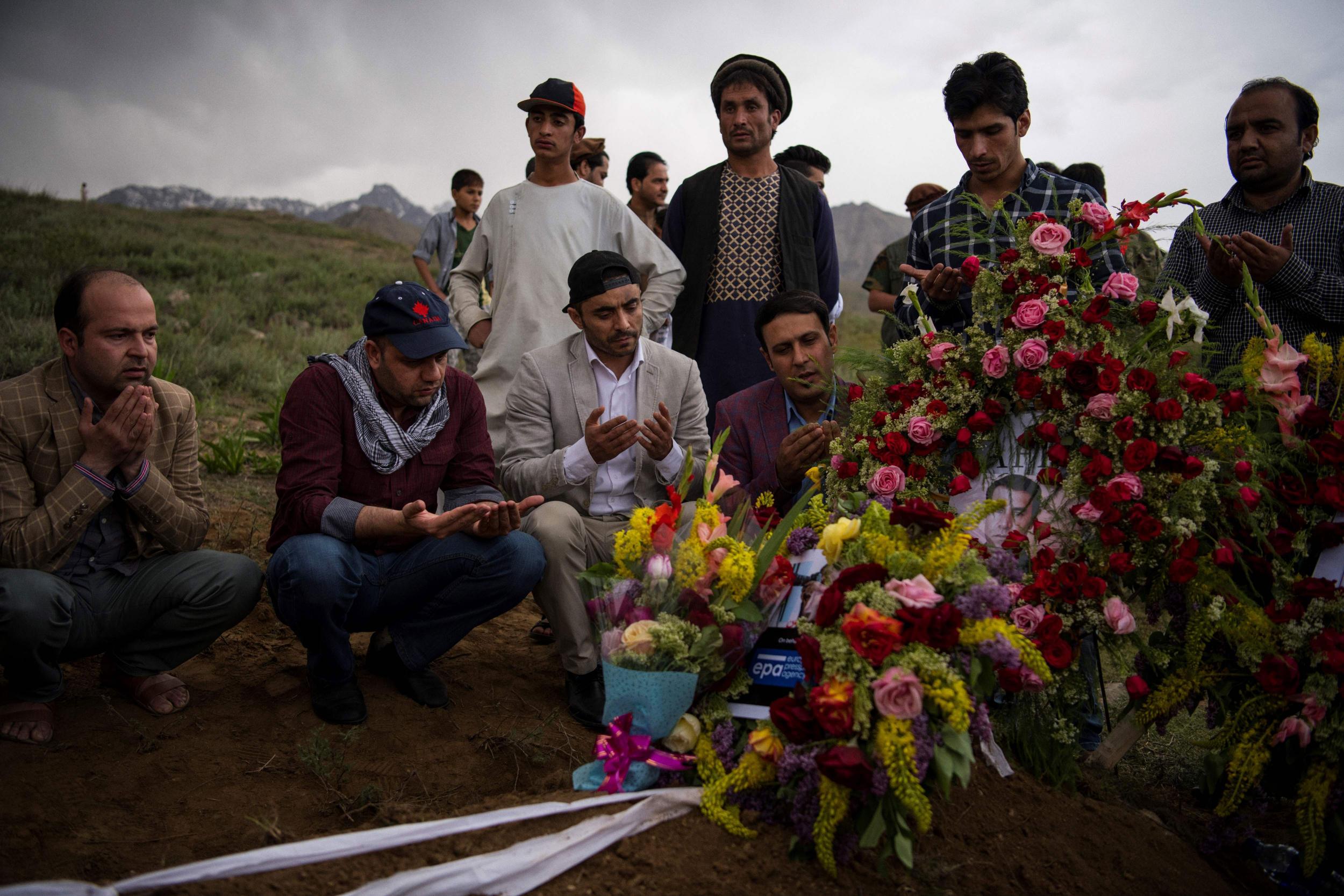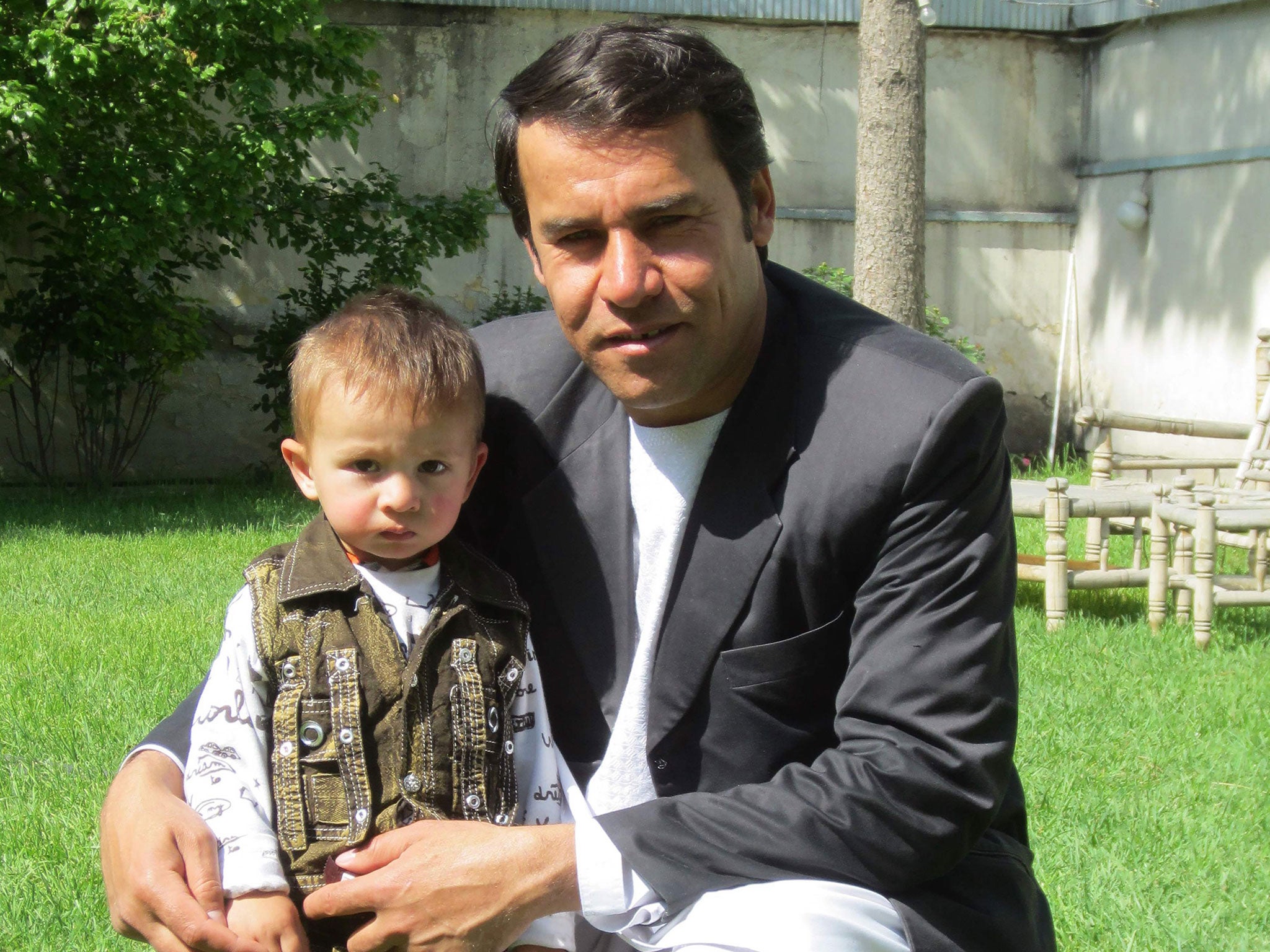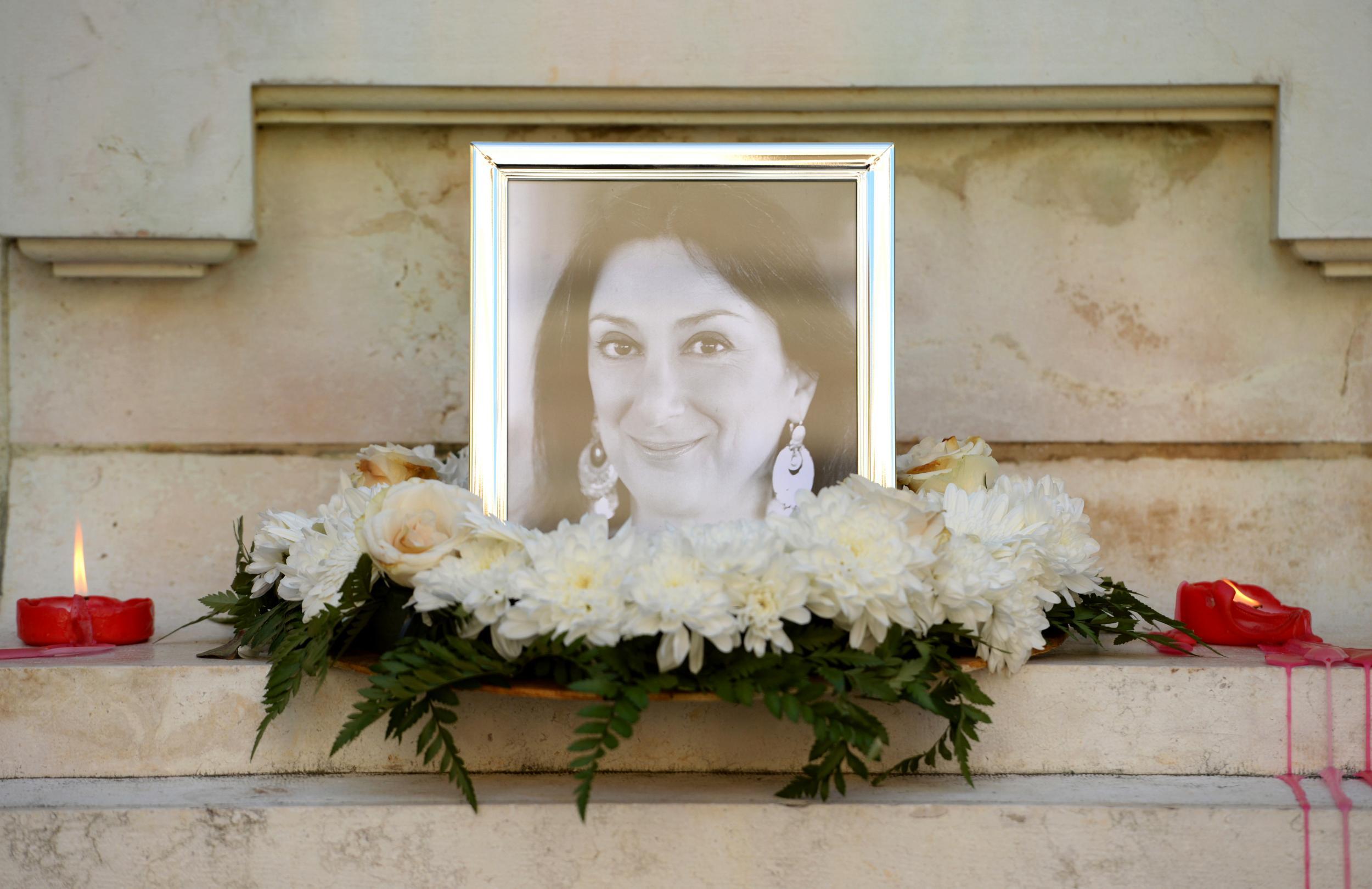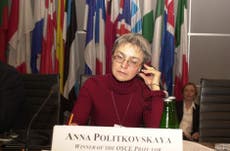Single deadliest day for Afghan journalists since Taliban highlights need for press freedom
Ahead of World Press Freedom Day this week, the deaths of journalists show the occupational hazards for those trying to shine a light into dark corners of this world


The suicide bombing in Kabul on Monday that claimed nine lives and injured six others was the single most lethal attack on the media in Afghanistan since the fall of the Taliban regime in 2001. A few hours later another journalist was shot dead in Khost province. The deaths, bringing the number of journalists killed in the country to 34 in just two years, according to Reporters Without Borders, came just ahead of World Press Freedom Day on 3 May.
The attack was targeted. A suicide bomber posing as a TV cameraman detonated his bomb in Kabul amid journalists there to report on an earlier explosion in which 16 people were killed. Isis claimed credit for the murders, praising a “martyrdom brother” who had “executed apostates”. The journalist, Ahmad Shah, killed in Khost province was gunned down while he was on a bicycle on his way to work.
Ahmad worked for the BBC. Among those killed in Kabul was Shah Marai Fezi of international news organisation Agence France Presse (AFP). They were known to many of us foreign journalists who had met them while covering Afghanistan. Both men were brave and dedicated, taking great risks to record a war that gets little coverage in the West since the withdrawal of most of the international forces five years ago.

Suicide bombers disguised as members of the media is not an entirely new form of killing in Afghanistan. The assassination of Ahmad Shah Massoud, the renowned Mujaheddin commander of the Northern Alliance, was carried out in 2001 by two suicide bombers pretending to be journalists.
The assassination was done supposedly on the orders of Osama Bin Laden following Commander Massoud’s warning of a massive and impending terrorist attack in the West – the attack turned out to be the ones in New York and the Pentagon on 9/11.
Commander Massoud, the ‘Lion of Panjshir’, who had carried out a long struggle against the Taliban and their backers in the Pakistani military and secret police, was killed by two Belgian Muslims of North African origin.
Part of the paperwork needed to get them into the headquarters of the Northern Alliance was forged by Islamists in London. The bomb, hidden in a television camera, was not detected because Massoud, a believer in freedom of the press, had standing orders that journalists should not be subjected to searches.
The war that followed the intervention by US-led forces after 9/11 continues with relentless violence. On the same day of the journalists’ murders, a suicide bomber killed 11 pupils at a religious school, ‘madrassa’, in Kandahar.
Seventy-six people were killed in a series of bombings last week in the south of the country, including in Helmand, the province where British troops used to be based.
These atrocities are chronicled by journalists who now find themselves targeted by Islamist groups. They are fully aware of the danger they face on a daily basis.
Shah Marai, who had six children, including a baby girl, wrote in his AFP article When Hope is Gone: “I don’t dare to take my children for a walk. They spend their time cooped up inside the house. Every morning as I go to the office and every evening when I return home all I think of are cars that can be booby-trapped, of suicide bombers coming out of a crowd.”
But it is not always possible for the families of journalists to be kept safe from the violence, even with great precautions. Sardar Ahmad, who worked for the AFP agency and ran Pressistan, which helped foreign journalists in Afghanistan, had gone for a meal to celebrate Persian New Year, Nowruz, at the Serena, Kabul’s most fortified hotel, in 2014 when Taliban gunmen, who had infiltrated the complex, opened fire in the dining room.
Among those killed were Sardar, his wife Homaira, six-year-old daughter Nilofar and five-year-old son Omar. Abuzar, then two years old, survived but was severely injured.
Afghanistan is not the only country, of course, where members of the media have been murdered. Eighty-one people were killed last year, according to the International Federation of Journalists annual Kill Report.
This was a modest improvement from 2016 when 93 died. Around 250 journalists were imprisoned, 160 of them by the government of Recep Tayyip Erdogan in Turkey.
Many of these deaths in recent years have taken place while journalists have been covering conflicts. Some have been those caught up in bombings and firefights, but not all.
In Syria, the rebels and the regime have both killed members of the media. American journalists James Foley and Steven Sotloff, as well as Kenji Goto, who was Japanese, were murdered by Isis, their beheadings carried out by the Mohammed Emwazi, ‘Jihadi John’, a British national.
He was later killed in a drone strike: two of his fellow members of the British jihadi group, the so called ‘Beatles’, El Shafee Elsheikh and Alexanda Kotey, who carried out torture and murders, are in custody of Kurdish security forces.
They have been giving interviews complaining that they may not get a fair trial and their civil rights are being impinged upon. The beheadings, which also included those of aid workers, are, they say, “regrettable”.

It is not just war coverage which leads to the murder of journalists – exposing scandals in high places or criminal activities can, as we have seen, be fatal. Daphne Caruana Galizia, whose highly popular blog attacked corruption, dodgy business dealings and organised crime, was blown up in Malta in October. Ten people have been arrested in connection with the killing.
The mix of crime and politics lies behind Mexico being the most lethal country for journalists last year, with 13 killed, followed by Afghanistan and Iraq with 11 each. The attacks have continued in Mexico this year with another reporter, 77-year-old Carlos Dominguez Rodriguez, being killed in Nuevo Laredo, near the border with Texas, in January.
The director-general of Unesco, Audrey Azoulay, said: “I condemn the assassination of Carlos Dominguez Rodriguez in Mexico and urge the authorities to ensure effective investigation. Bringing journalists’ killers to justice is crucial to end violence against those who defend the public rights to know the truth.”
In London, at a ceremony to commemorate World Press Freedom Day, organised by the Afghan embassy, ambassador Said Tayeb Jawad spoke of the 10 journalists killed on Monday: “Maybe because of politics we will be told some day that we have to forget about these fine brave people and forgive their killers. But we will not forgive the killers and we will not forget the journalists. The work they did was absolutely vital for democracy.”
That work will continue for journalists in difficult and dangerous places. And with that, inevitably, will come deaths, injuries and imprisonment – the occupational hazard for those trying to shine a light into the dark corners of this world.


Join our commenting forum
Join thought-provoking conversations, follow other Independent readers and see their replies